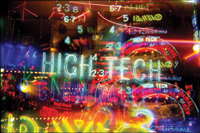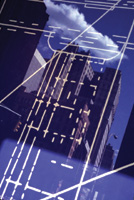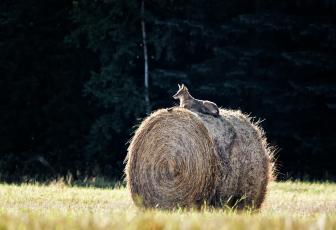Double Exposures
Double The Trouble, But Double The Fun!
Double exposing is a great
way of restoring a sense of excitement to your photography. It's
the secret search for serendipity, and a small prayer for the suspension
of disbelief. That suspense you used to feel of capturing an image on
film and seeing it for the very first time has been badly eroded today
with the proliferation of integrated chip camera technology, accurate
autoexposure, and autofocus functions that virtually guarantee good
results. Photography's getting about as exciting as shooting fish
in a barrel. The thrill has gone! Or has it? |
|||
Well, you can! While double exposures are fairly unpredictable, sometimes frustrating, and always fascinating, an intentional double exposure (shooting multiple exposures on the same frame) is neither magic nor rocket science. It's an adventure in which the photographer is often rewarded with unexpected and interesting results. It's like going boldly where none have gone before! Multi-Exposure Technique |
|||
In order to keep the combined light collected from two exposures from overexposing the film, the photographer needs to reduce the exposure of both images by either rating the film's ISO double the normal value (for example, rating a 100 speed film at 200), or using the exposure compensation controls to underexpose each shot one stop so that the combined double exposure is consistent with the recommended film sensitivity ratings. It's not so difficult, as long as you want each of the two image components to have equal weight. Image Emergence |
|||
Previsualization Camera Technique |






































